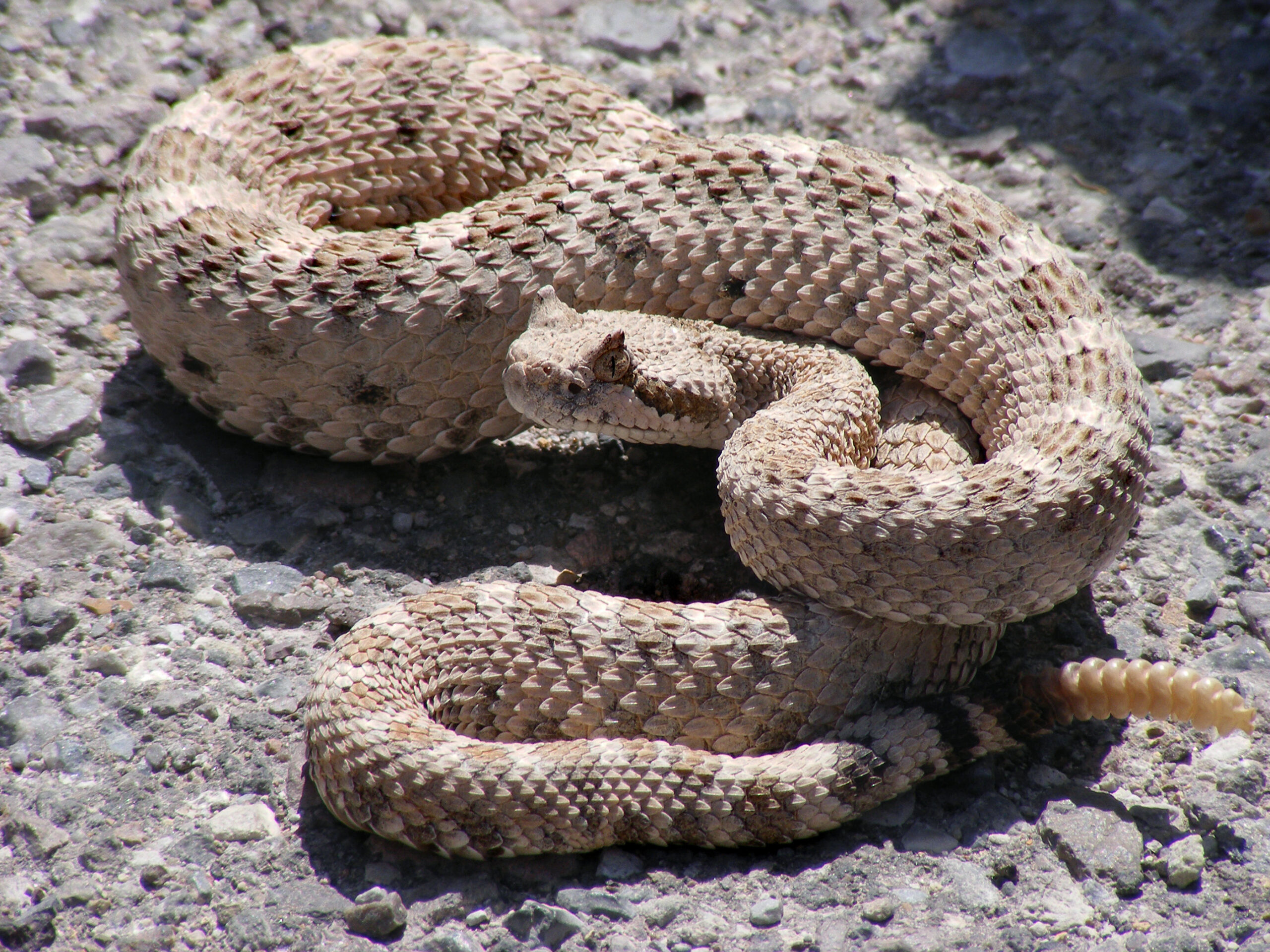The animal kingdom is filled with fascinating defence mechanisms, but few are as distinctive and effective as the rattlesnake’s warning system. Unlike most venomous snakes that strike with little notice, rattlesnakes have evolved a unique acoustic alarm system that serves as a final warning before they resort to their venomous bite. This remarkable adaptation – a specialized tail structure that produces an unmistakable buzzing sound – has made rattlesnakes among the most recognizable serpents in the world. Their iconic rattle represents an evolutionary compromise: a chance for potential threats to retreat before the snake must expend valuable venom. Let’s explore the fascinating world of these misunderstood reptiles that prefer to warn rather than strike.
The Evolutionary Marvel of the Rattle
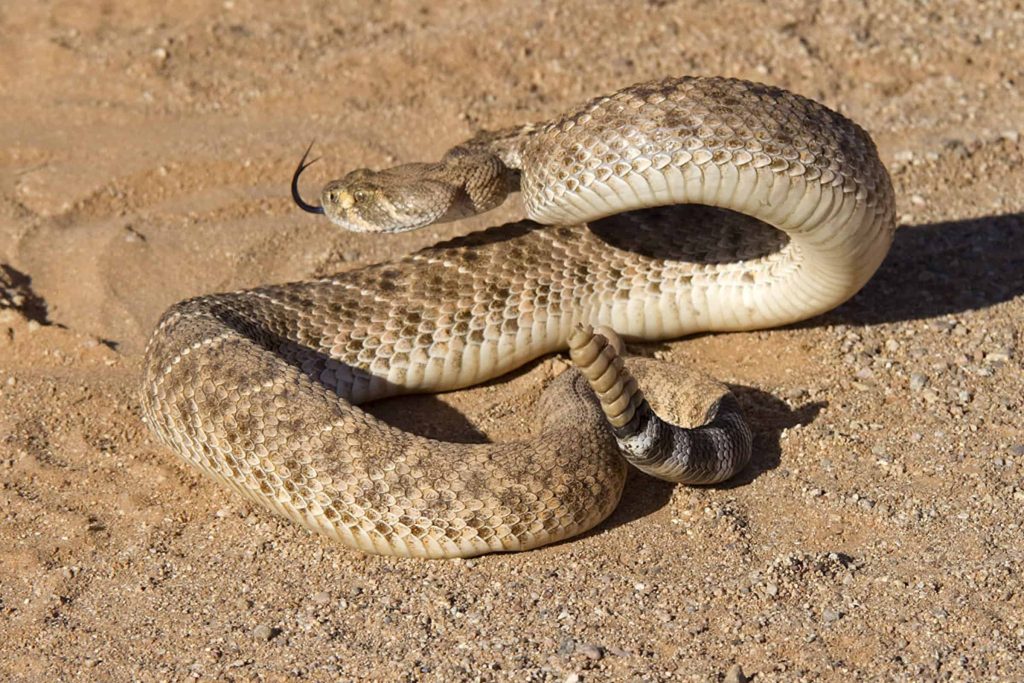
The rattlesnake’s signature warning device is a masterpiece of evolutionary adaptation that developed over millions of years. What appears as a simple noisemaker is actually a series of interlocking, hollow keratin segments at the end of the snake’s tail – the same protein that forms human fingernails. Each time the rattlesnake sheds its skin (typically several times per year), a new segment is added to the rattle, though they frequently break off in the wild. The segments fit loosely together, and when the snake vibrates its tail muscles at speeds of up to 90 times per second, these segments click against each other to produce the distinctive buzzing sound that can be heard from several yards away. This adaptation serves as a perfect example of how natural selection can produce specialized structures that increase survival chances without requiring direct confrontation.
Why Warning Before Biting Makes Evolutionary Sense

The rattlesnake’s warning system represents a fascinating evolutionary strategy that benefits the snake in multiple ways. Producing venom requires significant metabolic energy, making each bite “expensive” in biological terms – venom used on non-prey animals means less available for hunting actual food. Additionally, the act of striking puts the snake in a vulnerable position where it could be injured by a defensive kick or attack from its target. By warning potential threats first, rattlesnakes conserve precious venom and reduce their risk of injury. Research has shown that rattlesnakes will often go to extraordinary lengths to avoid biting, using their rattle as the primary deterrent and striking only as a last resort. This behavior pattern suggests that warning systems can sometimes be more evolutionarily advantageous than immediate aggression.
The Different Species of Rattlesnakes
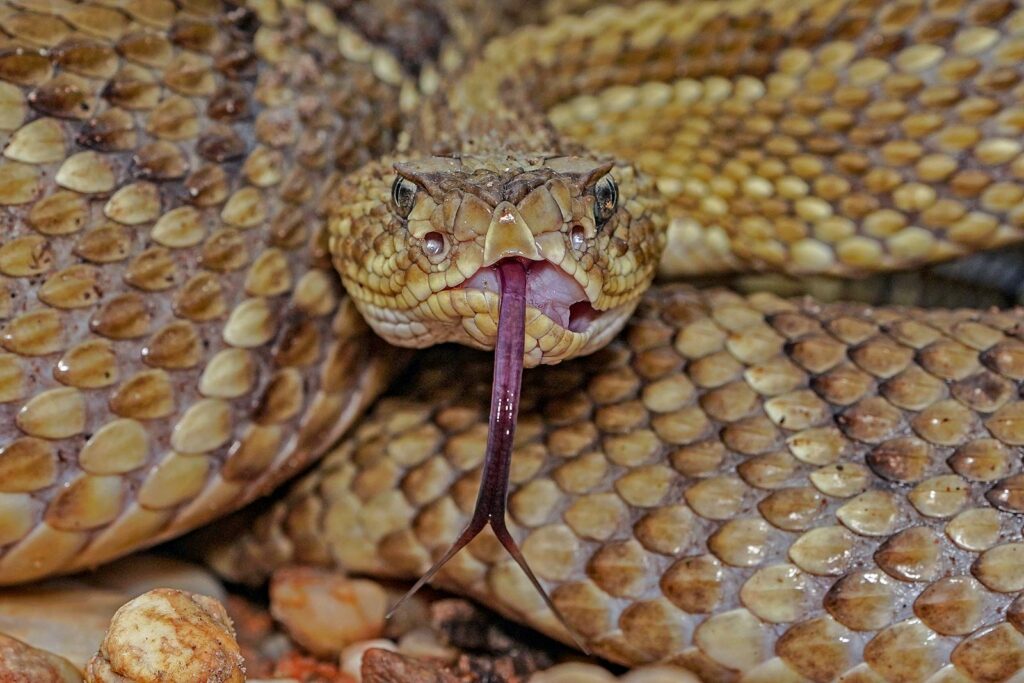
The rattlesnake family (Crotalinae) comprises approximately 36 recognized species, all native to the Americas and ranging from southern Canada to central Argentina. The most widespread and familiar include the Western Diamondback (Crotalus atrox), Eastern Diamondback (Crotalus adamanteus), Timber Rattlesnake (Crotalus horridus), and the Mojave Rattlesnake (Crotalus scutulatus). Each species has adapted to its specific environment, with variations in size, coloration, habitat preference, and even venom composition. Despite these differences, all share the distinctive rattle mechanism, though its size and loudness can vary considerably between species. Some smaller species like the Pygmy Rattlesnake (Sistrurus miliarius) have a much less audible rattle that sounds more like insect buzzing, while the Eastern Diamondback can produce a sound loud enough to be heard from 60 feet away.
Anatomy of the Perfect Warning Device

The rattlesnake’s warning system is a marvel of biological engineering, consisting of up to 8-13 interlocking segments in healthy adult specimens. Each segment is made of keratin that has dried and hardened after being molted, with a distinctive button-like shape that allows it to interlock with adjacent segments. The basal segment, connected directly to the snake’s tail, is the motor that drives the entire mechanism. When threatened, specialized tail muscles contract and relax at remarkable speeds, causing the loosely connected segments to vibrate against each other. The hollow nature of these segments creates an amplification effect, making the sound disproportionately loud for the snake’s size. High-speed photography has revealed that during active rattling, the tail can move so rapidly that it becomes a visual blur, creating both acoustic and visual warnings to potential predators.
The Acoustic Properties of the Rattle
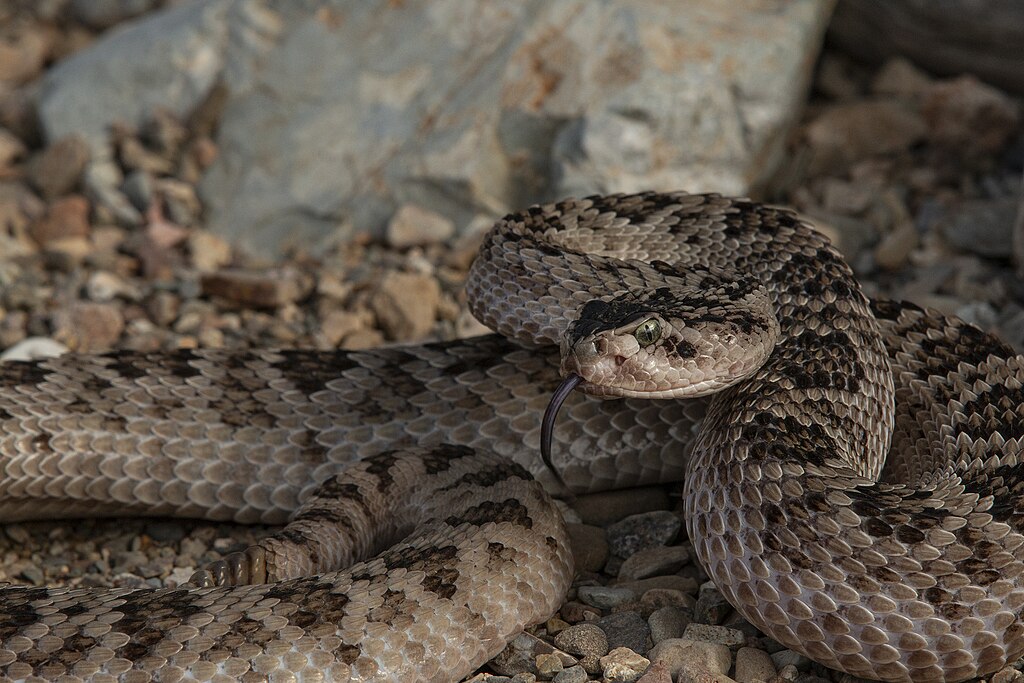
The rattlesnake’s warning sound is acoustically unique and instantly recognizable, even to humans who have never heard it before. The sound typically ranges between 60-90 Hz in frequency, creating a buzzing quality that doesn’t occur commonly in nature and therefore stands out in the environmental soundscape. Interestingly, research has shown that rattlesnakes can modulate their rattling behavior based on the proximity of the threat, increasing the frequency and volume as a potential predator approaches. Some studies suggest the rattle sound may have specifically evolved to be most audible to the hearing ranges of common rattlesnake predators like coyotes, foxes, and hawks. The sound’s distinctive quality triggers an instinctive caution response even in animals that have never encountered a rattlesnake before, demonstrating how effective this warning system has become through evolutionary refinement.
The Mythical “Silent” Rattlesnake
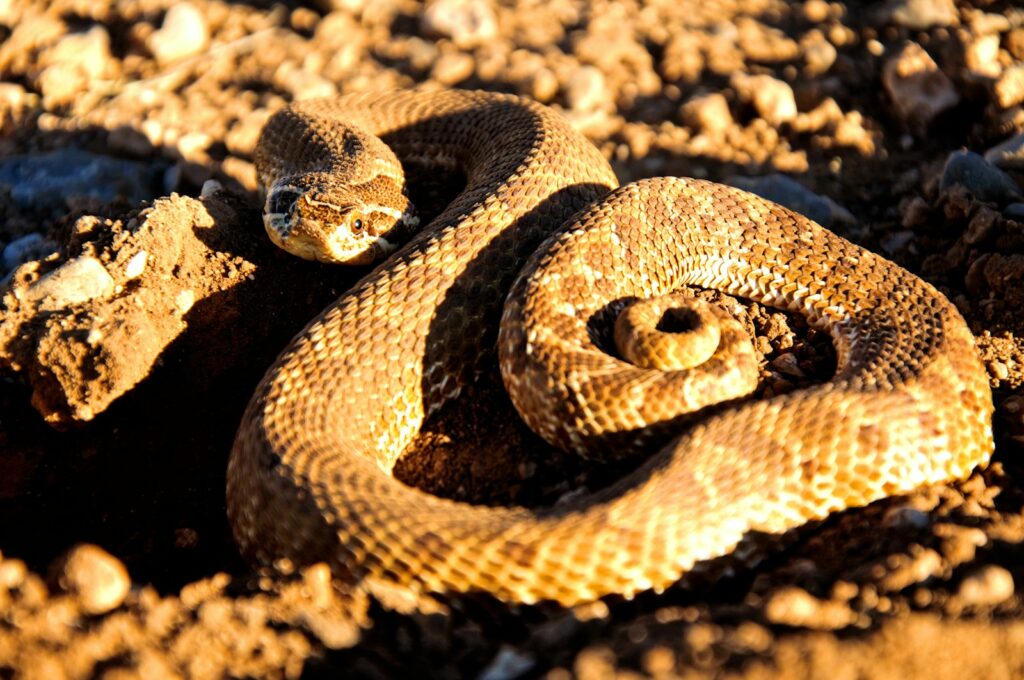
A persistent myth claims that rattlesnakes in heavily human-populated areas are evolving to become “silent” – losing their rattling behavior to avoid detection. While compelling as an evolutionary tale, scientific evidence does not support this claim. What researchers have documented is that individual snakes may sometimes choose not to rattle when disturbed, particularly if they’ve had negative experiences after rattling in the past. Additionally, certain populations in specific habitats may exhibit less rattling behavior, but this is typically attributed to different selective pressures rather than adaptation to human presence. Genetic studies have shown no evidence of selection against the rattle structure itself in any population. The more likely explanation for encounters with non-rattling rattlesnakes is that the snakes were either taken by surprise, already in striking position, or had lost their physical rattle segments through natural damage.
Rattlesnake Behavior and Defensive Strategy
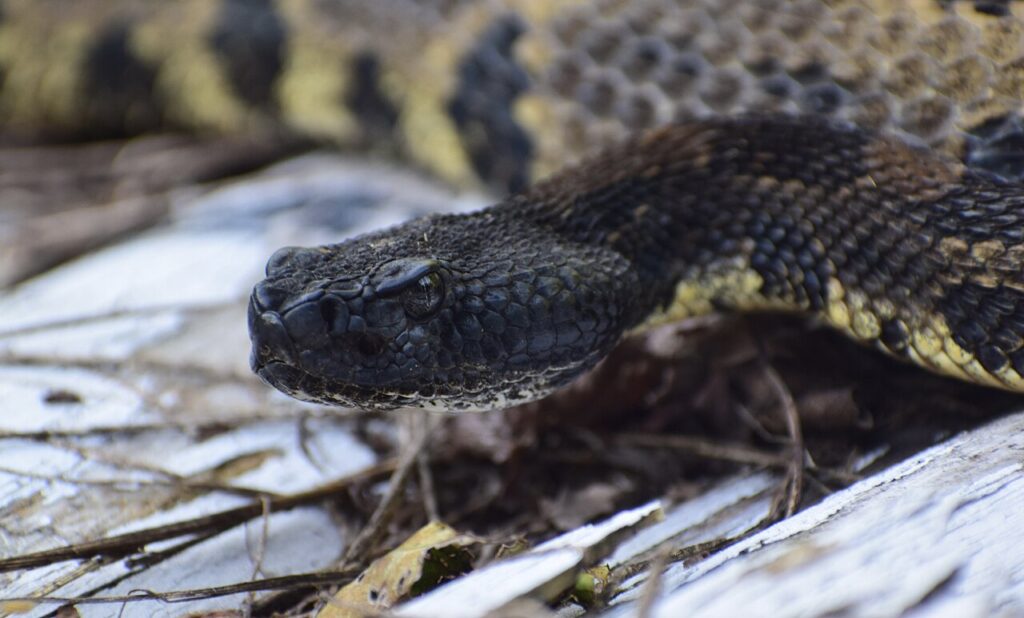
The rattlesnake’s defensive strategy follows a predictable and escalating sequence that gives potential threats multiple opportunities to retreat. When first detecting a potential threat, the snake will typically freeze, relying on its camouflage to avoid detection. If the threat continues to approach, the snake will often attempt to retreat quietly without rattling. Only when the snake feels cornered or directly threatened will it coil into its distinctive defensive posture, elevate its head, and begin rattling. This posture maximizes striking range while the rattle warns of imminent danger. As a final warning, many rattlesnakes will perform “dry strikes” – lunging forward without injecting venom – before resorting to a venomous bite. This graduated response system demonstrates remarkable restraint and suggests that rattlesnakes have evolved to avoid confrontation whenever possible, using their venom as a last resort rather than a first line of defense.
How Baby Rattlesnakes Warn Without a Rattle

Newborn rattlesnakes emerge into the world already venomous but lacking the iconic rattle that adults use for warning. Instead of the familiar segments, neonates are born with a single button-like structure called a pre-button at the tip of their tail. This structure is insufficient to create the warning sound, yet baby rattlesnakes still exhibit the defensive tail-vibrating behavior when threatened. When pressed against leaves, grass, or other debris, this rapid tail movement can create a buzzing or rustling sound that serves as a makeshift warning. After each shedding cycle, the young snake adds a new segment to its developing rattle, typically acquiring a functional noise-making rattle after three to four sheds. Until then, these young snakes compensate for their underdeveloped warning system by being more secretive and often more quick to strike when cornered, making encounters with juvenile rattlesnakes potentially more dangerous than with adults.
Cultural Significance of the Rattlesnake Warning

The rattlesnake’s warning system has embedded itself deeply in human culture, particularly in the Americas where these snakes are native. Indigenous peoples across North and South America incorporated rattlesnakes into their mythology and art, often associating the warning rattle with concepts of fairness, justice, and respect. The rattlesnake became an early symbol of American identity during the Revolutionary War, featured on the Gadsden flag with the phrase “Don’t Tread On Me” – explicitly referencing the snake’s warning before striking as a metaphor for American independence. In modern culture, the distinctive sound of a rattlesnake’s warning appears in countless films, television shows, and songs, instantly creating tension and signaling danger to audiences. This cultural ubiquity speaks to how deeply humans respect and recognize the rattlesnake’s unique communication system, even as many people fear the snake itself.
Conservation Challenges for Rattlesnakes
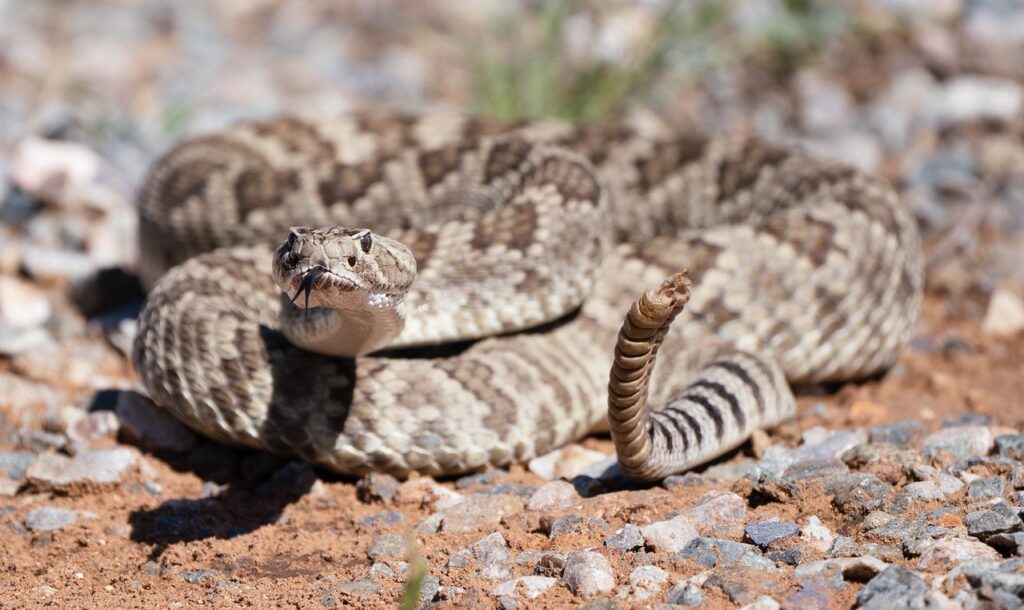
Despite their sophisticated warning system intended to prevent conflicts, rattlesnakes face significant conservation challenges throughout their range. Habitat destruction, road mortality, and deliberate killing have caused dramatic population declines in many species, with the Eastern Diamondback and Timber Rattlesnake experiencing particularly severe reductions. Organized “rattlesnake roundups” continue in some parts of the United States, where snakes are collected en masse and killed for entertainment, further threatening wild populations. Ironically, the very warning system that evolved to protect these snakes can make them more vulnerable to human persecution, as the distinctive sound allows humans to locate and kill them more easily. Conservation efforts face the additional challenge of overcoming deeply entrenched cultural fears and misconceptions about these snakes, despite their ecological importance as predators of rodents and other small mammals that can carry disease or damage crops.
The Ecological Role of Rattlesnakes

Rattlesnakes serve crucial ecological functions within their native habitats, acting as both predator and prey in balanced ecosystems. As ambush predators, they help control populations of rodents, rabbits, and other small mammals that might otherwise experience population booms and subsequent crashes. A single rattlesnake can consume dozens of mice annually, providing natural rodent control that benefits agricultural interests and reduces the spread of rodent-borne diseases. They themselves serve as food sources for predators including hawks, eagles, coyotes, and kingsnakes. Their burrows, particularly in desert environments, provide shelter for numerous other species including lizards, toads, and invertebrates. Research has shown that ecosystems with healthy rattlesnake populations typically display greater biodiversity and resilience than those where these predators have been removed, highlighting their importance as keystone species despite their often-vilified reputation.
Medical Significance of Rattlesnake Venom

While feared for their venomous bite, rattlesnakes have made significant contributions to human medicine through their venom compounds. Researchers have isolated and studied numerous enzymes and proteins from rattlesnake venom that have led to important medical breakthroughs. The first ACE inhibitors used to treat hypertension were developed based on peptides found in the venom of the Brazilian pit viper, a close relative of rattlesnakes. Compounds derived from rattlesnake venom are currently used in medications that prevent blood clots, control bleeding during surgery, and treat conditions ranging from heart attacks to cancer. Paradoxically, the very venom that makes these snakes dangerous has provided life-saving treatments for millions of people worldwide. This medical significance adds another dimension to conservation arguments, as each rattlesnake species contains potentially unique venom compounds that could hold undiscovered medical applications.
Living Safely with Rattlesnakes

Coexistence with rattlesnakes is entirely possible through understanding and respecting their warning behaviors. In areas where rattlesnakes occur, simple precautions can dramatically reduce the risk of negative encounters. Wearing closed-toe shoes and long pants when hiking, staying on established trails, and watching where you place your hands and feet are basic but effective measures. When encountering a rattlesnake, the safest response is to freeze initially to locate the snake, then slowly back away, giving the animal plenty of space and an escape route. Most rattlesnake bites occur when people attempt to kill, capture, or harass the snakes – behaviors that override the warning system these animals rely on. Educational programs that teach appreciation and understanding of rattlesnakes’ ecological role and warning behaviors have proven effective in reducing both snake mortality and human envenomations in many communities, demonstrating that peaceful coexistence benefits both species.
Conclusion
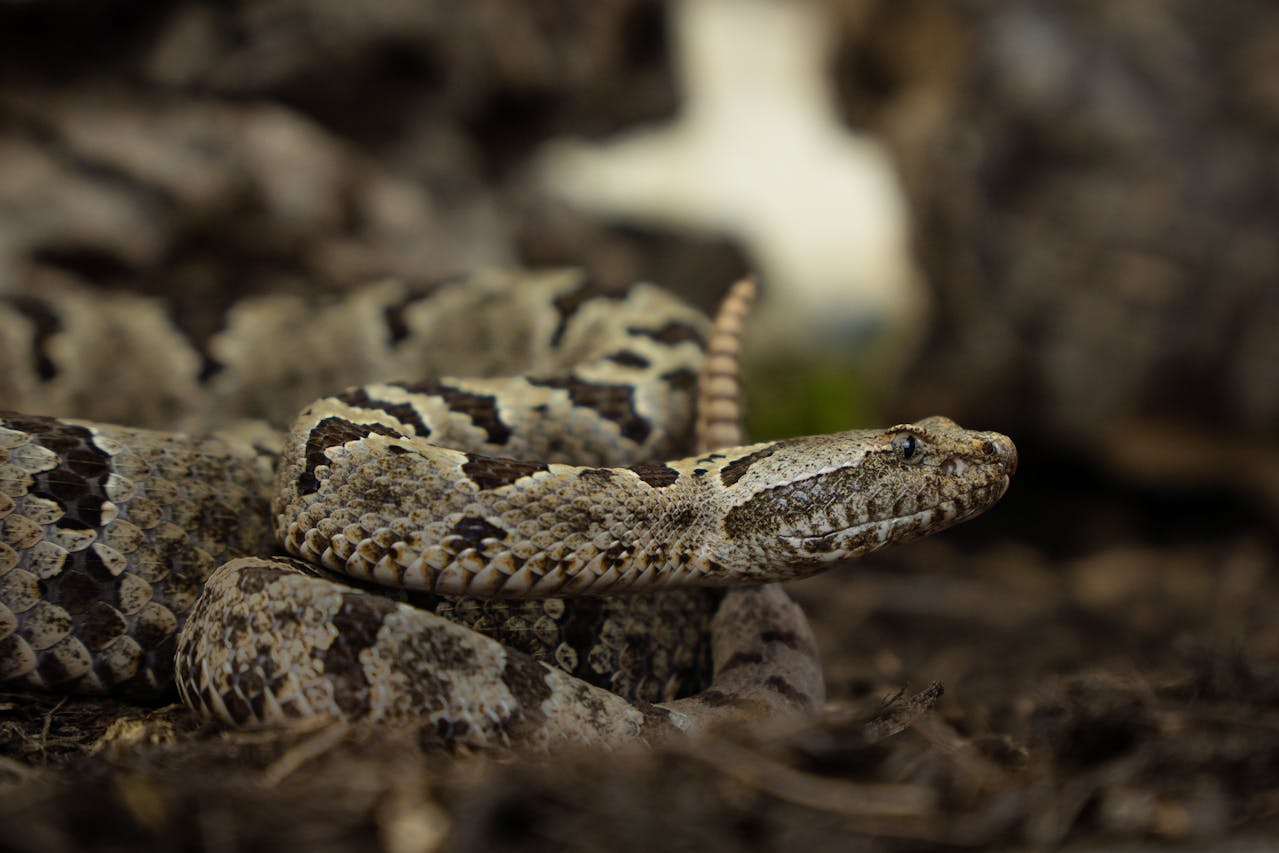
The rattlesnake’s warning system represents one of nature’s most fascinating compromises – a venomous animal that has evolved to avoid using its most powerful weapon whenever possible. Through the development of its iconic rattle, this remarkable reptile demonstrates that communication can sometimes be more evolutionarily advantageous than confrontation. As we continue to share landscapes with these important predators, understanding and respecting their warning signals not only protects humans from potential harm but also helps ensure the survival of these ecologically vital species. The rattlesnake’s preference to warn rather than bite offers a powerful lesson in conflict avoidance that resonates beyond the natural world – sometimes, the most effective defense is a clear warning that gives all parties the opportunity to walk away unharmed.

